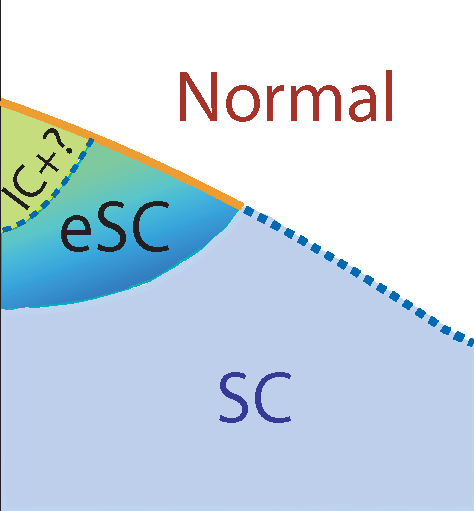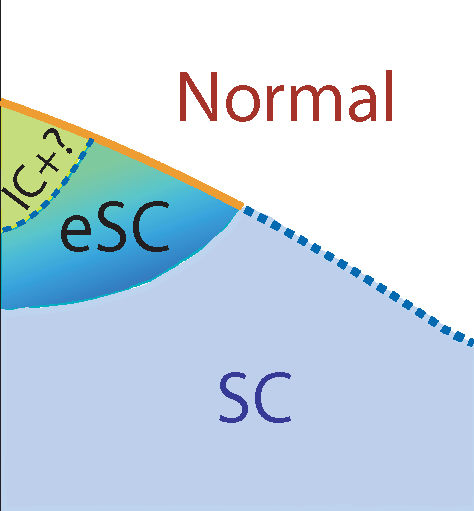Unlikely partners
Although superconductivity and magnetism are inherently competing orders, there exist materials that can host both simultaneously, such as heavy fermion systems, some cuprate superconductors, and the newly discovered pnictide superconductors. An example of such a system is the much studied heavy fermion system . Application of a magnetic field in its superconducting state can drastically affect superconductivity and can also induce magnetic order, depending on the strength of the field and the temperature.
In the latest issue of Physical Review Letters, Georgios Koutroulakis and collaborators from Brown University in the US and the Laboratoire National des Champs Magnétiques Intenses in Grenoble, France, report a detailed low-temperature NMR investigation of the phase diagram of . They find that the magnetic order induced at high fields is an incommensurate spin-density wave, which likely coexists with a so-called Fulde-Ferrell-Larkin-Ovchinnikov phase—a superconducting state with a spatially modulated order parameter. They also discover a new phase lying between the incommensurate spin-density wave state and the low-field ordinary superconductivity; they conjecture that it is a different kind of Fulde-Ferrell-Larkin-Ovchinnikov phase. – Alex Klironomos





